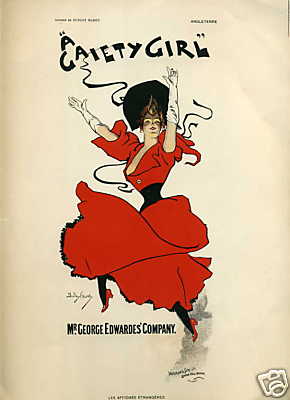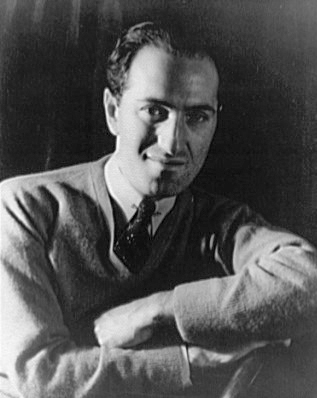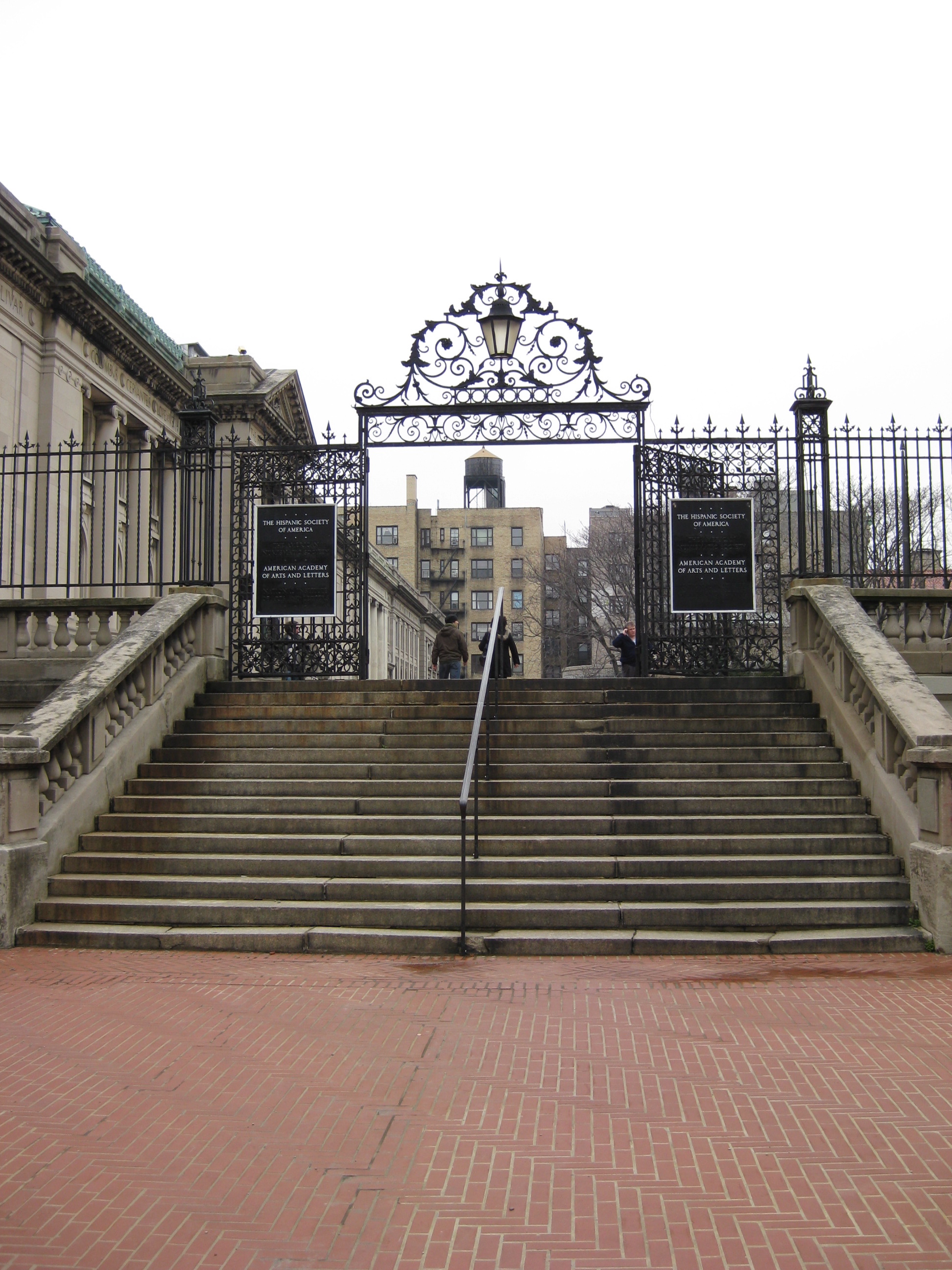|
Stand By The River
''Stand by the River'' is a musical written by Joanne and Mark Sutton-Smith based on the life of abolitionist William Still, his liberation of Jane Johnson (slave), Jane Johnson and her two sons from slavery in 1855, and the federal trial that summer. Production history A workshop reading was held in February 2001 in at the Hedgerow Theatre Company in Pennsylvania. The work was presented in New York City in an Actors' Equity Association, Equity staged reading, in February 2003, at the Theatre at The American Place Theatre, St. Clements, directed by Larry Thelen of Goodspeed Opera House, Goodspeed Musicals. It was produced at Theatre Building Chicago's "Stages" festival in 2003, as well as the NYC ASCAP Musical Theater Workshop in 2004.{{Cite web , last=Rosky , first=Nicole , title=Kenita Miller, Carly Hughes, et al. Set for STAND BY THE RIVER, 7/25 , url=https://www.broadwayworld.com/off-off-broadway/article/Kenita-Miller-Carly-Hughes-et-al-Set-for-STAND-BY-THE-RIVER-725-20110721 ... [...More Info...] [...Related Items...] OR: [Wikipedia] [Google] [Baidu] |
Swarthmore College
Swarthmore College ( , ) is a private liberal arts college in Swarthmore, Pennsylvania. Founded in 1864, with its first classes held in 1869, Swarthmore is one of the earliest coeducational colleges in the United States. It was established as a college "under the care of Friends, ndat which an education may be obtained equal to that of the best institutions of learning in our country." By 1906, Swarthmore had dropped its religious affiliation and officially became non-sectarian. Swarthmore is a member of the Tri-College Consortium, a cooperative academic arrangement with Bryn Mawr and Haverford College. Swarthmore also is affiliated with the University of Pennsylvania through the Quaker Consortium, which allows for students to cross-register for classes at all four institutions. Swarthmore offers over 600 courses per year in more than 40 areas of study, including an ABET-accredited engineering program that culminates in a Bachelor of Science in engineering. Swarthmore has ... [...More Info...] [...Related Items...] OR: [Wikipedia] [Google] [Baidu] |
Philadelphia
Philadelphia, often called Philly, is the largest city in the Commonwealth of Pennsylvania, the sixth-largest city in the U.S., the second-largest city in both the Northeast megalopolis and Mid-Atlantic regions after New York City. Since 1854, the city has been coextensive with Philadelphia County, the most populous county in Pennsylvania and the urban core of the Delaware Valley, the nation's seventh-largest and one of world's largest metropolitan regions, with 6.245 million residents . The city's population at the 2020 census was 1,603,797, and over 56 million people live within of Philadelphia. Philadelphia was founded in 1682 by William Penn, an English Quaker. The city served as capital of the Pennsylvania Colony during the British colonial era and went on to play a historic and vital role as the central meeting place for the nation's founding fathers whose plans and actions in Philadelphia ultimately inspired the American Revolution and the nation's inde ... [...More Info...] [...Related Items...] OR: [Wikipedia] [Google] [Baidu] |
Musicals Set In The 1850s
Musical theatre is a form of theatrical performance that combines songs, spoken dialogue, acting and dance. The story and emotional content of a musical – humor, pathos, love, anger – are communicated through words, music, movement and technical aspects of the entertainment as an integrated whole. Although musical theatre overlaps with other theatrical forms like opera and dance, it may be distinguished by the equal importance given to the music as compared with the dialogue, movement and other elements. Since the early 20th century, musical theatre stage works have generally been called, simply, musicals. Although music has been a part of dramatic presentations since ancient times, modern Western musical theatre emerged during the 19th century, with many structural elements established by the works of Gilbert and Sullivan in Britain and those of Harrigan and Hart in America. These were followed by the numerous Edwardian musical comedies and the musical theatre ... [...More Info...] [...Related Items...] OR: [Wikipedia] [Google] [Baidu] |
Plays About Slavery
Play most commonly refers to: * Play (activity), an activity done for enjoyment * Play (theatre), a work of drama Play may refer also to: Computers and technology * Google Play, a digital content service * Play Framework, a Java framework * Play Mobile, a Polish internet provider * Xperia Play, an Android phone * Rakuten.co.uk (formerly Play.com), an online retailer * Backlash (engineering), or ''play'', non-reversible part of movement * Petroleum play, oil fields with same geological circumstances * Play symbol, in media control devices Film * ''Play'' (2005 film), Chilean film directed by Alicia Scherson * ''Play'', a 2009 short film directed by David Kaplan * ''Play'' (2011 film), a Swedish film directed by Ruben Östlund * ''Rush'' (2012 film), an Indian film earlier titled ''Play'' and also known as ''Raftaar 24 x 7'' * ''The Play'' (film), a 2013 Bengali film Literature and publications * ''Play'' (play), written by Samuel Beckett * ''Play'' (''The New York Time ... [...More Info...] [...Related Items...] OR: [Wikipedia] [Google] [Baidu] |
Musicals Inspired By Real-life Events
Musical theatre is a form of theatrical performance that combines songs, spoken dialogue, acting and dance. The story and emotional content of a musical – humor, pathos, love, anger – are communicated through words, music, movement and technical aspects of the entertainment as an integrated whole. Although musical theatre overlaps with other theatrical forms like opera and dance, it may be distinguished by the equal importance given to the music as compared with the dialogue, movement and other elements. Since the early 20th century, musical theatre stage works have generally been called, simply, musicals. Although music has been a part of dramatic presentations since ancient times, modern Western musical theatre emerged during the 19th century, with many structural elements established by the works of Gilbert and Sullivan in Britain and those of Harrigan and Hart in America. These were followed by the numerous Edwardian musical comedies and the musical theatre wo ... [...More Info...] [...Related Items...] OR: [Wikipedia] [Google] [Baidu] |
2003 Musicals
3 (three) is a number, numeral and digit. It is the natural number following 2 and preceding 4, and is the smallest odd prime number and the only prime preceding a square number. It has religious or cultural significance in many societies. Evolution of the Arabic digit The use of three lines to denote the number 3 occurred in many writing systems, including some (like Roman and Chinese numerals) that are still in use. That was also the original representation of 3 in the Brahmic (Indian) numerical notation, its earliest forms aligned vertically. However, during the Gupta Empire the sign was modified by the addition of a curve on each line. The Nāgarī script rotated the lines clockwise, so they appeared horizontally, and ended each line with a short downward stroke on the right. In cursive script, the three strokes were eventually connected to form a glyph resembling a with an additional stroke at the bottom: ३. The Indian digits spread to the Caliphate in the 9th ... [...More Info...] [...Related Items...] OR: [Wikipedia] [Google] [Baidu] |
Musical Theatre
Musical theatre is a form of theatrical performance that combines songs, spoken dialogue, acting and dance. The story and emotional content of a musical – humor, pathos, love, anger – are communicated through words, music, movement and technical aspects of the entertainment as an integrated whole. Although musical theatre overlaps with other theatrical forms like opera and dance, it may be distinguished by the equal importance given to the music as compared with the dialogue, movement and other elements. Since the early 20th century, musical theatre stage works have generally been called, simply, musicals. Although music has been a part of dramatic presentations since ancient times, modern Western musical theatre emerged during the 19th century, with many structural elements established by the works of Gilbert and Sullivan in Britain and those of Harrigan and Hart in America. These were followed by the numerous Edwardian musical comedies and the musical theatre ... [...More Info...] [...Related Items...] OR: [Wikipedia] [Google] [Baidu] |
American Society Of Composers, Authors, And Publishers
The American Society of Composers, Authors, and Publishers (ASCAP) () is an American not-for-profit performance-rights organization (PRO) that collectively licenses the public performance rights of its members' musical works to venues, broadcasters, and digital streaming services (music stores). ASCAP collects licensing fees from users of music created by ASCAP members, then distributes them back to its members as royalties. In effect, the arrangement is the product of a compromise: when a song is played, the user does not have to pay the copyright holder directly, nor does the music creator have to bill a radio station for use of a song. In 2021, ASCAP collected over US$1.335 billion in revenue and distributed $1.254 billion in royalties to its members. ASCAP membership included over 850,000 songwriters, composers and music publishers, with over 16 million registered works. History ASCAP was founded by Victor Herbert, together with composers George Botsford, Silvio Hein, ... [...More Info...] [...Related Items...] OR: [Wikipedia] [Google] [Baidu] |
The American Academy Of Arts And Letters
The American Academy of Arts and Letters is a 300-member honor society whose goal is to "foster, assist, and sustain excellence" in American literature, music, and art. Its fixed number membership is elected for lifetime appointments. Its headquarters is in the Washington Heights neighborhood of Manhattan in New York City. It shares Audubon Terrace, a Beaux Arts/American Renaissance complex on Broadway between West 155th and 156th Streets, with the Hispanic Society of America and Boricua College. The academy's galleries are open to the public on a published schedule. Exhibits include an annual exhibition of paintings, sculptures, photographs and works on paper by contemporary artists nominated by its members, and an annual exhibition of works by newly elected members and recipients of honors and awards. A permanent exhibit of the recreated studio of composer Charles Ives was opened in 2014. The auditorium is sought out by musicians and engineers wishing to record live, ... [...More Info...] [...Related Items...] OR: [Wikipedia] [Google] [Baidu] |
Richard Rodgers
Richard Charles Rodgers (June 28, 1902 – December 30, 1979) was an American composer who worked primarily in musical theater. With 43 Broadway musicals and over 900 songs to his credit, Rodgers was one of the most well-known American composers of the 20th century, and his compositions had a significant influence on popular music. Rodgers is known for his songwriting partnerships, first with lyricist Lorenz Hart and then with Oscar Hammerstein II. With Hart he wrote musicals throughout the 1920s and 1930s, including '' Pal Joey'', '' A Connecticut Yankee'', '' On Your Toes'' and '' Babes in Arms.'' With Hammerstein he wrote musicals through the 1940s and 1950s, such as ''Oklahoma!'', '' Flower Drum Song'', '' Carousel'', ''South Pacific'', ''The King and I'', and ''The Sound of Music''. His collaborations with Hammerstein, in particular, are celebrated for bringing the Broadway musical to a new maturity by telling stories that were focused on characters and drama rathe ... [...More Info...] [...Related Items...] OR: [Wikipedia] [Google] [Baidu] |
Bounty Hunter
A bounty hunter is a private agent working for bail bonds who captures fugitives or criminals for a commission or bounty. The occupation, officially known as bail enforcement agent, or fugitive recovery agent, has traditionally operated outside the legal constraints that govern police officers and other agents of the state. This is because a bail agreement between a defendant and a bail bondsman is essentially a civil contract that is incumbent upon the bondsman to enforce. As a result, bounty hunters hired by a bail bondsman enjoy significant legal privileges, such as forcibly entering a defendant's home without probable cause or a search warrant; however, since they are not police officers, bounty hunters are legally exposed to liabilities that normally exempt agents of the state—as these immunities enable police to perform their designated functions effectively without fear—and everyday citizens approached by a bounty hunter are neither required to answer their quest ... [...More Info...] [...Related Items...] OR: [Wikipedia] [Google] [Baidu] |




.png)


